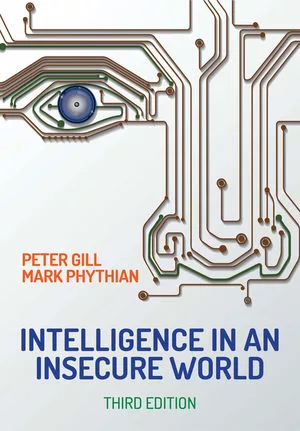An Earthquake Is Not Just an Earthquake: Preparing for More than Aftershocks

Within the ranks of those responsible for disaster planning, the words, “All Hazards Preparedness” has become an often repeated catch-phrase, invoked almost by rote. Its full meaning must be understood when planning for an earthquake. The common procedure is to inspect buildings for resistance to trembling. Right! But, wrong! That is not the “All Hazard” concept.
Building damage or collapse are certainly the most common and stereotyped examples of destruction following an earthquake. In considering earthquakes, however, it must be remembered that the ground trembling can be only the trigger for further events. Following the San Francisco Earthquake of 1906, for example, most fatalities were due to fire.
It is all too easy to dismiss San Francisco as an historic event of more than 100 years ago, theoretically with no relevance to modern life. Turn the clock forward to 5:46 a.m. on January 17, 1995, when a 20-second earthquake hit Kobe, Japan – not so long ago. Dozens of houses we destroyed by fires that burned out of control. Why? Utility lines broke, fires started, water supply was disrupted, and damaged roads hampered response. Proper disaster planning for your business means taking fire into consideration, when official response may be extensively delayed, and even then proper water supply may not be available.
There is a lesson to be learned: “All Hazards” does not mean inspection only of residential and commercial buildings. It means considering all of the possible consequences of a potential disaster.
There are other effects of earthquakes. Just to remind, earthquakes are known to have caused tsunamis, a recent example of which was in the Indian Ocean Tsunami of December 24, 2004. If your business is far from the sea, you cannot dismiss an obvious lesson. Earthquakes (and other disasters) are not necessarily single-point events. The very definition of a disaster is an event that supersedes normal response. Your contingency plans must take this into account.
There also have been non-tsunami related flooding, landslides, mudslides and land liquefaction. There have been several marine slides that are not immediately noticed but that do change topography and water flow. In other words, if your business is dependent on water from a stream or river for any reason, there must be contingency planning.
Not all earthquake response measures are short-term. Moving the injured to a hospital must happen as quickly as possible; the passage of time, counted in minutes and hours, decreases the possibility of finding the living. Building reconstruction and road repair, however, are obvious examples of efforts that can take months, if not years. Even if your building is structurally sound, roads leading to it may be damaged. Among repercussions are customer access and merchandise supply.
Planning must take into consideration that body extrication can be a lengthy procedure that cannot necessarily be concluded quickly. When there is severe damage to infrastructure, the time needed for body extrication increases. The same is true for disasters that take place over a wide area or in dense overgrowth. Even in urban areas retrieving bodies can be a lengthy process due to gaining access with heavy equipment and removing building debris.
Recovery of the injured and dead is not only a function of manpower and equipment. There is a tendency to jump to the quick conclusion that bringing in more teams and equipment – in-country or from abroad – will expedite matters. Sometimes that is the case, but in other instances, there simply is not enough available working space to bring in more personnel and gear. A big help to official response teams looking to extricate the injured is the availability of building plans, so enterprises would be wise to keep copies off-site.
Part of the “All Hazards” preparation must be victim identification. The physical condition of the dead deteriorates over time, and weather is another influencing factor.
Identification, therefore, can be a lengthy effort with victims who suffered fatal injuries varying from crush to suffocation to drowning to severe burns (reflecting the various scenarios of an earthquake). In theory a medical examiner’s office should be able to handle any type of death, however the large scale of disasters can strain capabilities, require temporary facilities, need additional equipment, and necessitate increased staffing. Apparent body condition and cause of death – not just from building collapse – must be taken into consideration.
Perhaps the most realistic conclusion is that it is a mistake to plan “Earthquake Response” as an isolated activity that can be wrapped up in a matter of days. A proper response plan must include answers not only to the immediate ground trembling caused by an earthquake but also to the many other effects triggered by the earthquake.
After reading this article, do not jump into panic mode, and do not take the attitude “It won’t happen to me.” The best approach is to formulate a realistic “All Hazards” contingency plan.
Looking for a reprint of this article?
From high-res PDFs to custom plaques, order your copy today!






